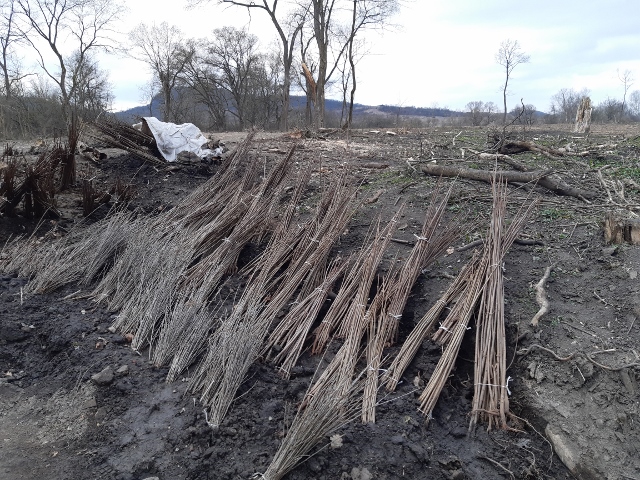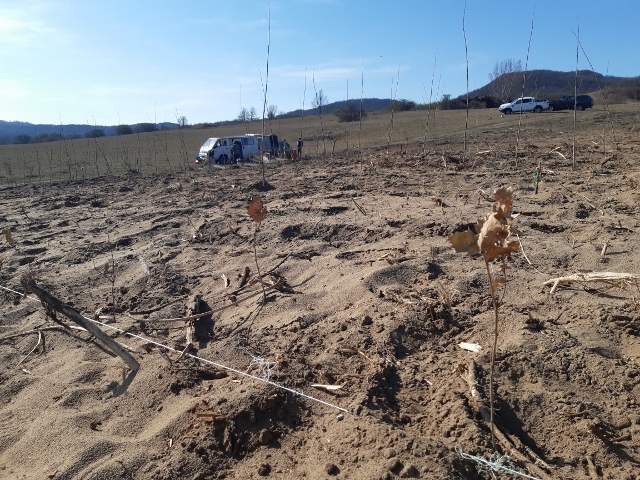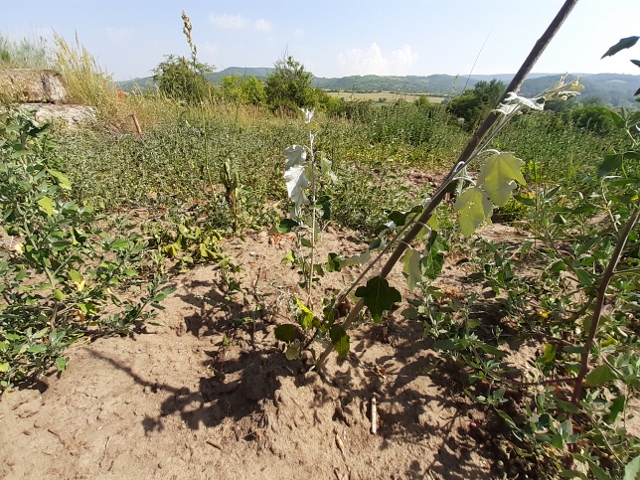DINPI Péter Koncz/Péter Szekeres
Another milestone has been reached in increasing the diversity of forests in the project areas of the Duna-Ipoly National Park Directorate near Fóti-Somlyó and Esztergom.
After the gradual suppression of non-native trees (e.g. black locust, common hackberry, tree of heaven), we planted 75,000 seedlings in the 9-hectare area of Esztergom, and 25,000 seedlings in the 6-hectare area of Fóti-Somlyó-2022032.
We used 25 types of different species. In addition to pedunculated, pedunculated, downy and holm oak, we used wild fruits (e.g. wild pear, wild apple, gooseberry and blackberry species), linden, ash, elm, maple and poplar species, as well as birch and alder species in wet places.
The diversity not only delights, but this “habitat framework” of diverse species provides a home for countless species of plants, animals and fungi.
Planting is only part of a multi-step process. In appropriate cases, it was necessary to clear the area of ammunition and even to neutralize live ammunition. Elsewhere, a fence had to be built against the game. In certain places, groups of native willow trees have been designated based on natural regeneration. Depending on the soil type and target stock, soil preparation had to be carried out. The planting needs to be cared for later, hoeing, and even, if appropriate, the application of a UV protective material and plant conditioner. In the long term, in addition to maintaining biodiversity, forests also play an important role in climate protection and microclimate regulation.


